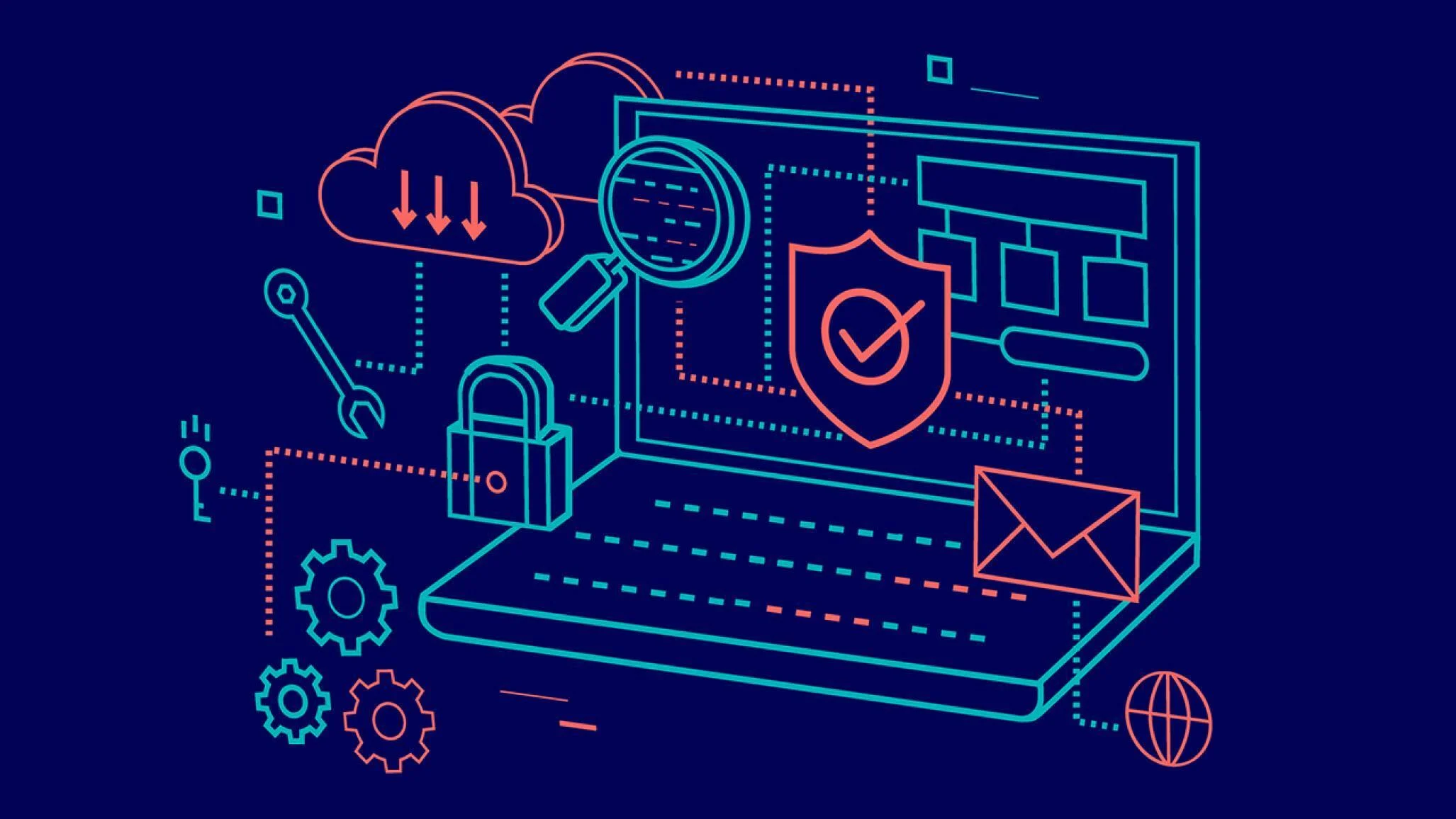
Back then, people relied on broadcast services for news and entertainment. Consumers utilized radios and TVs to receive information, and people listened to the programs that were arranged on a defined schedule.
The internet made all of this obsolete. Now, people may consume music, news, television programs, and films of their choice whenever and wherever they desire. Streaming enabled access to information from almost any device.
Streaming technology fundamentally altered the way information and entertainment is provided. It makes it simple to view a movie on a personal computer or listen to a podcast on a mobile device.
With the traditional channels, sounds and pictures are encoded into radio waves and then decoded by radio or television receivers in broadcast media. Internet streaming works differently. There is no single open channel between the source and the destination. Instead, the source packages the data into packets and transmits them over the internet. These packets can go from the source to the user’s device at varying speeds. Each is labeled so that the device organizes them in the proper sequence.
Once enough of these packets are queued and ready to play, the device begins broadcasting the material. This is referred to as buffering. The content can only play successfully if the internet connection is fast enough to receive the packets in time before they are required.
Using streaming technologies, individuals can listen to or view almost anything. However, certain services may demand a paid subscription or other charges.
Video is the most common kind of streaming material. A streaming service is ideal for seeing video content supplied in small clips or full-length feature films.
Live streaming can provide access to events happening in real-time. Professional sports, for example, are among the most popular live-streaming events that could be televised through radio broadcasts and live videos on social media outlets.
Data on streaming platforms are typically kept on a server which may be accessed on demand. Multiple users can simultaneously view the same material. Each user can start and stop watching independently of the others. Some services demand a monthly fee to access their material, while others provide their content for free, with advertising covering their costs.
The development of the music and video streaming business is fueled by frictionless user experience and maximum security. A typical reason why most individuals prefer to avoid multi-factor authentication or pick to establish unique passwords is that the procedure requires more work. Yet, data security remains an essential factor. Identity management may help service providers get both security and top-notch user experience.
Companies can use passwordless multi-factor authentication (MFA) to address these issues to protect unauthorized logins. It allows users to validate their identification on internet networks securely and conveniently.
Businesses can replace passwords with mobile biometric technology that employs anti-spoofing capabilities to prevent fraud. A passwordless login expedites operations and minimizes friction. With mobile biometrics, the authentication ID is processed in seconds. With this quick and smooth login, businesses can ensure that unauthorized users cannot access their systems.
Read the following infographic from authID to learn about online entertainment and streaming providers needing improved identity authentication.







